Are you searching more information about how to make silage? If yes, you are in the right place. Here we are going to discuss more about the silage making process.
Actually, how to make silage is the common question by the farmers who are raising livestock animals. Silage is actually fermented and high-moisture stored fodder which can be fed to cattle, goat, sheep and other such ruminants or cud-chewing animals.
Silage is fermented and stored in a process which is called ensilage, ensiling or silaging. And silage is generally made from grass crops including sorghum, maize, barley, oats, millet or other cereals. Entire green plants (not just the grain) is used for making silage.
Although, silage can be made from many field crops, and special terms may be used depending on type. For example, the silage is called oatlage which is made from oats, haylage is the silage which is made from alfalfa.
Silage is actually made by following different methods such as by placing cut green vegetation in a silo or pit, piling the vegetation in a large head and compressing it down so as to purge as much oxygen as possible and then covering it with a plastic sheet, or by wrapping large round bales tightly in plastic film.
What are the Uses of Silage?
Before discussing more about how to make silage, you should know more about the uses of silage. Common uses of silage are mentioned below.
- Silage is definitely a very good source of nutritious food for the animals, and widely used as livestock animal’s food.
- Silage is used to make the animals gain more weight in short period (especially in sheep and goats).
- Silage is used to feed the dairy cattle, and it helps to produce more milk.
- Silage is used to feed the the animals in summer when there is no scope for natural grazing.
- It is used as animal fodder and can be fed to most of the animals such as cows, buffaloes, sheep and goats.

Why Feeding Silage to the Livestock Animals?
Silage is full of nutrients for the animals and it is good for their health. Silage ensures high milk and meat production and keep the animals healthy. Silage is especially very good for the animals during the dry seasons. Silage is highly palatable, laxative, digestible, nutritious and it requires less floor area for storage than hay. In a word, ‘silage increase overall production and keeps the animal healthy’.
How to Make Silage?
The process of making silage is divided into several process. You have to make proper plan and do everything according to the plan for making silage. First of all, decide the type of crop to be grown for silage, choose a dry place for digging a pit on slightly sloping ground, cut the greens using chop cutter, and then prepare and preserve the silage. However, here we are describing the steps about how to make silage for your livestock animals.
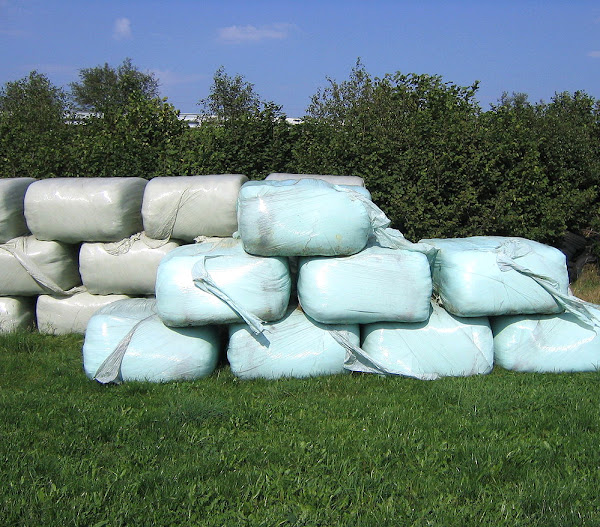
Step 1: Choose The Type of Crop
First of all, decide the type of crop to be grown for silage production. You can choose both hybrid and perennial varieties of crops which can be grown in a short period of time and produced multiple times. Growing sorghum, maize, barley, oats, millet or other cereals will be very good for making silage.
Step 2: Choose a Dry Place
Choose a safe and dry place for digging a pit. Choose the place on slightly slopping ground and the depth of the pit should decrease from the higher side of the slopping ground to the lower side by giving wedge like shape. Size, shape and dimension of the pit depends on the amount of the forage to be stored. For example, you have to dig the pit size of about 2 cubic meters for making 20 bags of silage. And you will need about 10 meters of polythene and 30 liters of molasses for such a pit.
Step 3: Cut the Greens
After making the pit, harvest the greens and cut them to small pieces by using a chaff cutter. Cut the greens into 1 inch pieces.
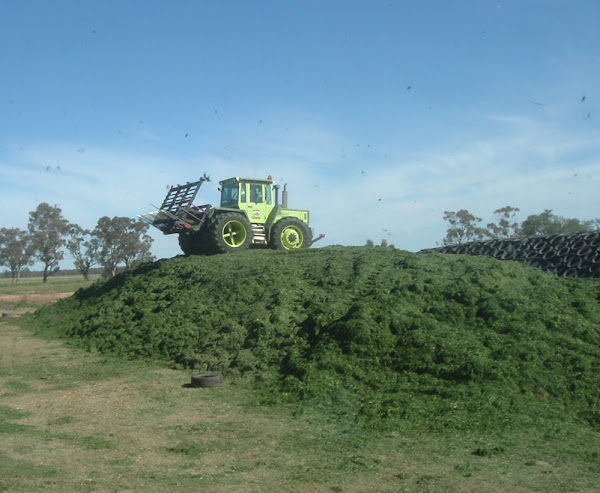
Step 4: Cover the Bottom
Cover the bottom of the pit with polythene sheet for preventing the greens contact with soil. Also cover all the sides of the pit.
Step 5: Place the Chopped Greens
Then place the chopped greens into the pit and spread it into a thin layer and repeat the process until one third of pit is covered.
Step 6: Sprinkle Molasses
Dilute 1 liter of molasses with 3 liters of water. And sprinkle the solution evenly on the greens to be preserved. Using a garden sprayer for distributing the solution will be good. Doing this will help for preventing the forage from rotting. Sprinkling the solution throughout the silage pit will help in feeding the micro-organisms, for making the silage ferment quickly and saving the silage from rotting.
Step 7: Press the Greens
Then press the greens with feet or something heavy for making the air out and protecting the greens from fungal attack. Do this very carefully, because very little air can even cause the fungus and damage the forage.
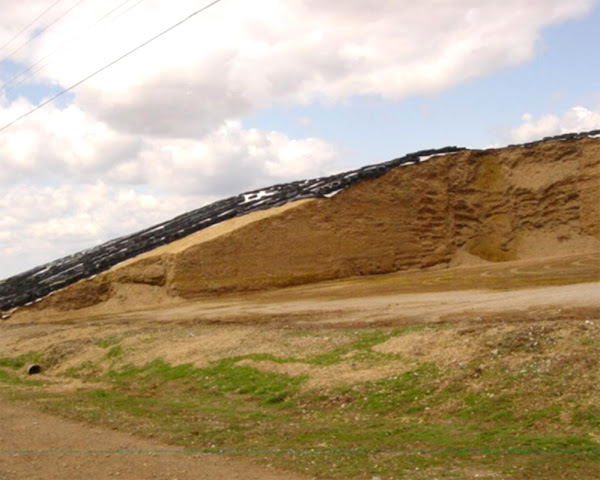
Step 8: Add More Greens
Add more greens into the pit after pressing and making more room inside the pit. Repeat sprinkling molasses and press again. Do this continuously until the pit is filled in a doom shape.
Step 9: Cover the Pit
Cover the top of the pit with polythene sheet after final pressing. Covering the top is important to prevent the silage from any water contact, and if possible dig a small trench around the sides of the pit.
Step 10: Cover the Pit With Soil
Cover the top with soil, after pressing and covering the top with polythene. Doing this will make the air out and prevent the polythene damage from rain, birds or any other animals.
Step 11: Leave the Pit
Leave the pit until there is a shortage of fodder. Because the conservation through fermentation may take some time, even few weeks. But you should wait at least 2 weeks before using. The silage made in such process can be kept for long time, generally up to 2 years.

Step 12: Using the Silage
Open the pit from the lower side of the slope for using the silage. Then take enough silage fodder for one day and close the pit again. Repeat the process when you need silage for feeding your animals.
These are the steps for making good quality silage for feeding your animals. Hope you have learned a lot about how to make silage for animals. God bless you!
Frequently Asked Questions (FAQs)
People ask many questions about how to make silage. Here we are trying to list the most common questions about making silage, and trying to answer them. Hope you will find your answer. Don’t hesitate to ask us if you have more questions.
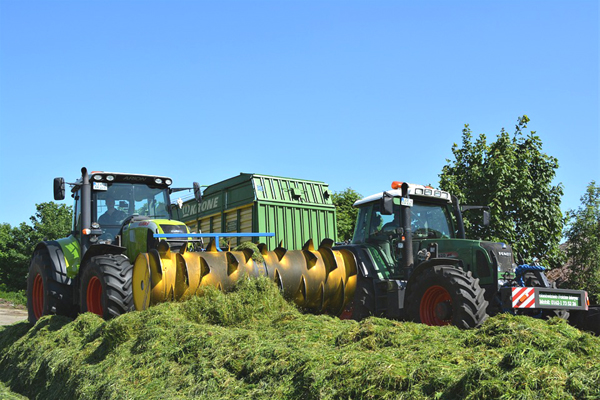
How long does it take to make silage?
The fermentation process generally take between 10 to 20 days for completion. You should feed the silage to your livestock before the fermentation process is completed. So, wait at least 20 days before feeding the silage to your livestock.
What is the difference between silage and haylage?
Today the most common definition is that haylage is drier than silage, and some haylage is so dry it is hay wrapped in plastic.
How to make a silage bunker?
For building a silage bunker, first of all choose a well drained site and design a sturdy structure using concrete or treated wood. Then excavate the area, construct walls, and install a drainage system. After that, fill the bunker tightly with forage, compacting it as you go. Finally, cover with plastic sheeting and secure with weight like tires. For quality preservation, check for setting and spoilage to ensure quality preservation.
How to make grass silage?
Making grass silage is easy and simple. Just follow the steps mentioned above, and use grass as a green fodder.
How to make corn silage for cows?
Follow the steps mentioned above. Just use corn as a green fodder.
How to make alfalfa silage?
Process of making alfalfa silage is similar to making silage with other green fodder. Follow the steps mentioned above.
How to make a silage pit?
First of all, select a well-drained site and excavate the area to desired depth. Then build sturdy walls using concrete or treated wood to contain the silage. Install a drainage system at the bottom to prevent water buildup. Then fill the pit tightly with chopped forage. Cover the silage with plastic sheeting once filled and secure it with weights. Monitor the pit on a regular basis.
How to make a silage pile?
For making a silage pile, choose a well-drained site and clear the area properly. Then fill the pile tightly with chopped forage (shaping it into a trapezoid for drainage). Then cover it with plastic sheeting and secure with weights.

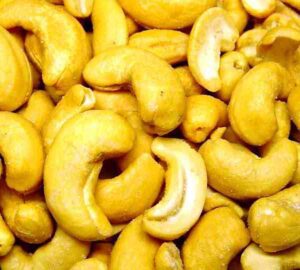
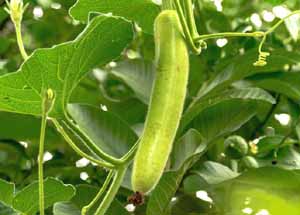


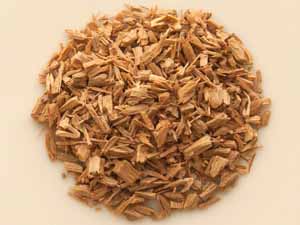

Very informative..very helpful.
Thanks for your honest opinion. Good luck!
For a case where i did not apply molases on silage while making. will it be good to use it when feeding cattle with silage or i must only use when making silage
Adding molases while making silage is always good. Because it helps to formulate the silage well. Although, you can add molases while feeding it to your animals. Good luck!